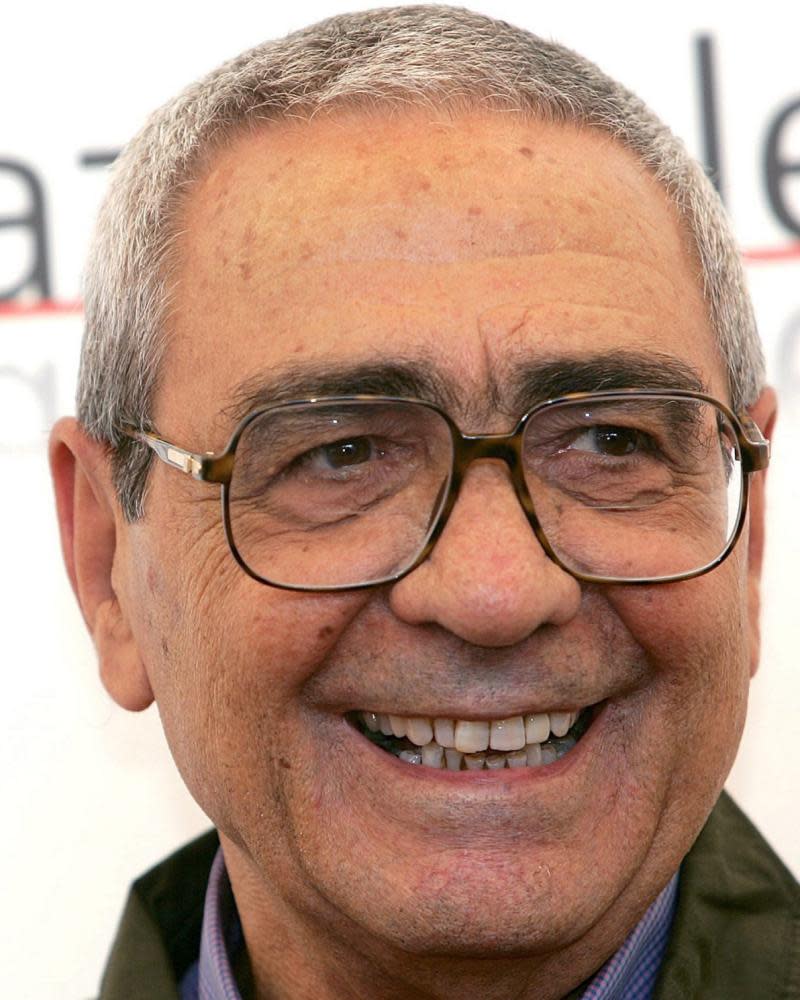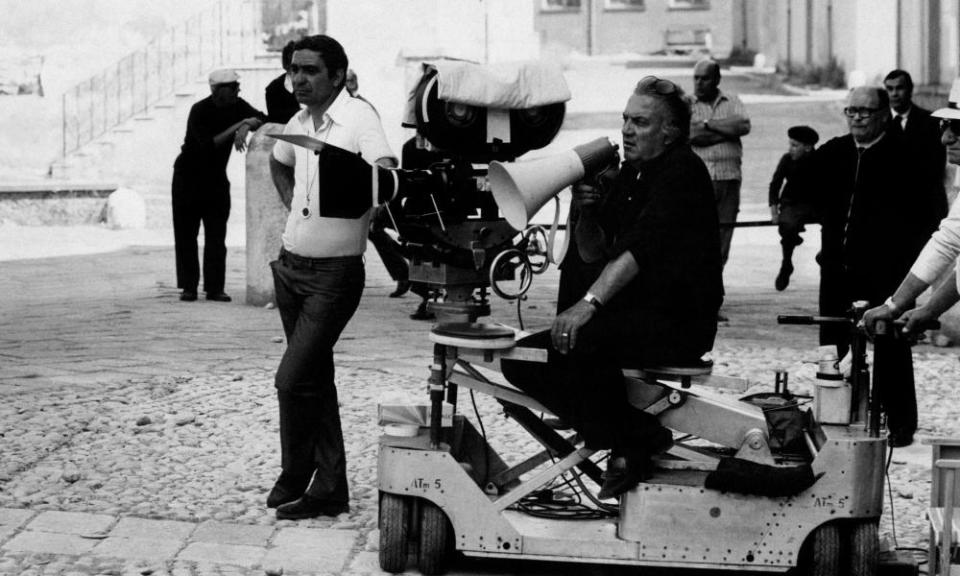Giuseppe Rotunno obituary
Many of the defining images of classic Italian cinema can be attributed to Giuseppe Rotunno, who has died aged 97. The cinematographer, known as “Peppino”, shot Luchino Visconti’s masterpieces Rocco and His Brothers (1960) and The Leopard (1963). Though both films are operatic in emotion and scale, they are strikingly different visually, the former a gritty black-and-white portrait of a poor family who decamp to Milan in the late 1950s, the latter plush and elegiac in depicting another clan, far wealthier but experiencing its own death throes during Italian unification in 19th-century Sicily.
The most impressive part of The Leopard is its final ballroom sequence, which runs at around 45 minutes and incorporates complex intersecting dramas unfolding in different parts of one palazzo, and even in separate areas of the same shot, all filmed with three cameras. It demanded from Rotunno a mind-boggling control of light, space and movement, not to mention the placement of a thousand candles (“As we moved from one camera to the next,” he said, “I got many drops of wax on my neck”).
Martin Scorsese, whose film foundation later oversaw the restoration of both movies, placed The Leopard among his 10 favourite films of all time. He called Rocco and His Brothers “one of the most sumptuous black-and-white pictures I’ve ever seen”, describing the cinematography as “pearly, elegant and lustrous”.
Rotunno also worked with Federico Fellini on nine projects including Amarcord (1973), about a boy growing up in 1930s Italy, and Fellini’s Casanova (1976), which he called the director’s “best and most beautiful film”. When he was finally nominated for an Oscar, it was for an American picture, albeit one with a Fellini-esque flavour: All That Jazz (1979), Bob Fosse’s autobiographical musical, which mixed realism, dance and dream sequences. Rotunno called it “the dream of my life. It was like working with five directors at once but without the problems of having to work with so many.”
Born into a large Roman family, Rotunno was 17 when his father died. Desperate for any work, he found a job in the photography lab at Cinecittà, where he was encouraged to experiment with a Leica camera. Within 18 months, he was the studio’s stills photographer. At 19, he was shooting documentary shorts and working as camera operator on Roberto Rossellini’s first world war drama The Man With a Cross (1943).

Rotunno was drafted into the Italian army, where he became a combat photographer in the film unit. Sent to a prison camp by the Germans, he was liberated by US forces in 1945 and later resumed his career as camera operator and assistant. He was operator on Visconti’s Senso (1954); when the original cinematographer GR Aldo died near the end of shooting, and things did not go smoothly with his replacement Robert Krasker, he was asked by Visconti to complete the picture.
His first cinematography credit was on Scandal in Sorrento (1955), shot in CinemaScope with Sophia Loren. But his first full feature for Visconti was White Nights (1957), a Dostoevsky adaptation in which his luminous black-and-white cinematography was instrumental in maintaining the unusual, off-kilter mood. “Sometimes the city had to look real, and sometimes it had to look fake,” he said of the Tuscan street sets, which were built on a Cinecittà sound stage. “But we got it, I think.”
Rotunno’s collaboration with Fellini began on Toby Dammit, the director’s haunting contribution to Spirits of the Dead (1968), a portmanteau film comprised of shorts based on the stories of Edgar Allan Poe; it continued on Fellini Satyricon (1969), I Clowns (1970), for which Rotunno did uncredited work on the flashback scenes, the more realistic Roma (1972) and Orchestra Rehearsal (1978), as well as the flamboyant City of Women (1980), which Philip French described as “seductively photographed.” They worked together for the last time on the shimmering artifice of And the Ship Sails On (1983).
He was respected among US directors, too, having shot the solemn anti-nuclear drama On the Beach (1959) and John Huston’s epic The Bible (1966). He was a surprising choice for Carnal Knowledge (1971), where his use of close-ups justified Mike Nichols’s instinct that the material, intended originally for the stage by its writer Jules Feiffer, would only work if the audience could see into the eyes of its frequently lacerating characters. Director and cinematographer were reunited on Regarding Henry (1991) and Wolf (1994) with unremarkable results.

Rotunno brought visual coherence to two chaotic, idiosyncratic comedies: Robert Altman’s Popeye (1980) and Terry Gilliam’s The Adventures of Baron Munchausen (1988). Collaborating with Fellini’s cinematographer was, Gilliam said, “like working on Olympus”. As the production quickly exceeded its budget and schedule, however, Gilliam found that his pleas for more camera set-ups were falling on deaf ears. “Peppino wouldn’t budge,” he complained. “He felt we were doing something for posterity, and he wasn’t going to sell out his art … The whole thing was about to collapse.”
Scorsese asked Rotunno to shoot The Last Temptation of Christ (1988) but he declined. Among his final credits were Sydney Pollack’s tepid remake of Billy Wilder’s Sabrina (1995) and Dario Argento’s horror The Stendhal Syndrome (1996).
He was sometimes at a loss to describe his particular art. “It’s difficult to ask a painter, ‘How did you paint the picture?’” he said in 1999. “I go with my eyes and intuition.” He was proud, he said, of his ability to “create a wonderful harmony with my directors, and to release their fantasies.”
He is survived by his wife, Graziolina (nee Campori), and their daughters, Tiziana, Paola and Carmen, and seven grandchildren.
• Giuseppe Rotunno, cinematographer, born 19 March 1923; died 7 February 2021

 Yahoo Finance
Yahoo Finance 